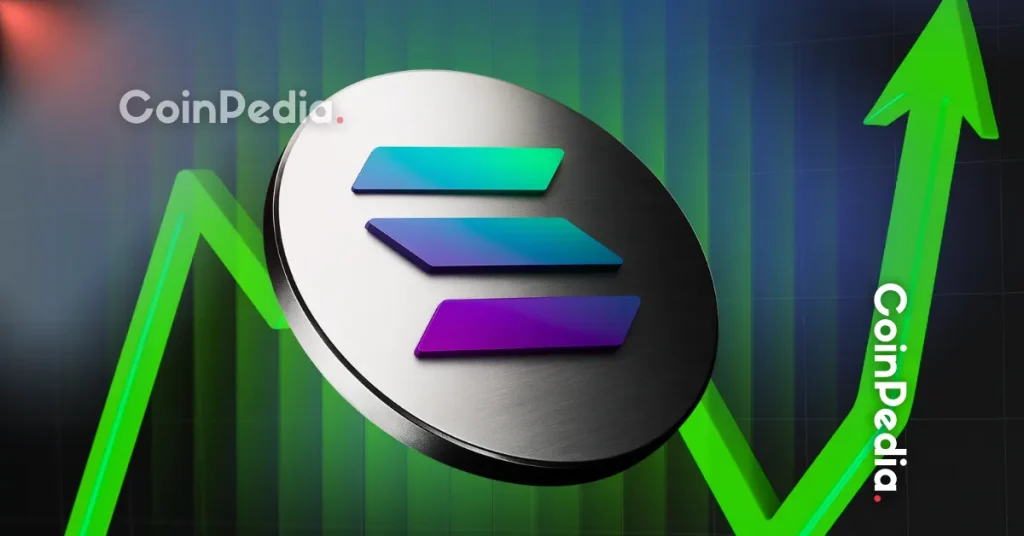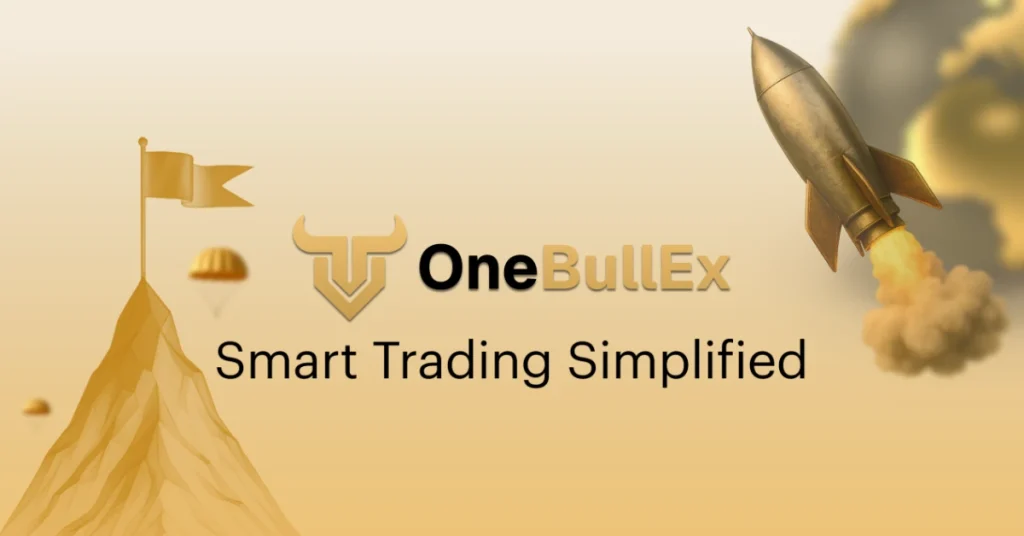
The post The Popularity Of Cryptocurrency Trading And Exchanges Is Surging: How Can Beginners Choose The Right One? appeared first on Coinpedia Fintech News
The daily deluge of news on Web3, blockchain, and cryptocurrency is likely to be overwhelming for anyone who follows the tech sector nowadays. The hype is somewhat justified – early adopters and investors have amassed generational wealth buying and mining Bitcoin, Ethereum, and other tokens over the past few years. From Web2 to Web3, traditional stock trading to cryptocurrency trading, cryptocurrency exchange platforms have grown in popularity alongside Bitcoin– the first application of blockchain technology that serves as the backbone of Web3.
In a nutshell, crypto exchanges are platforms where users can buy, sell and trade digital currencies for other assets, including prominent cryptocurrencies such as Bitcoin (BTC), Ethereum (ETH), Solana (SOL), Litecoin (LTC), and conventional fiat currencies, like U.S. Dollars and Euros, etc. As the general public becomes increasingly interested in joining the crypto community, over 25,000 cryptocurrencies are currently in circulation with 600+ crypto exchanges available in the market, according to CoinMarketCap. Having that said, multiple exchanges have encountered security crises over the past couple of years, it goes without saying that both veteran traders and beginners should keep security and stability top of mind when selecting an exchange. Nevertheless, considering the array of options available, choosing the right exchange might be tricky for beginners.
This article will explain how to select the right exchange by examining four key criteria encompassing security, platform reputation, user-friendly features, and the variety of cryptocurrencies available to trade. Whether readers are simply curious Web3 and crypto learners, novices, amateurs, or seasoned traders, this guide will help crypto users make a well-informed decision so as to enjoy a smooth trading experience in the thriving world of Web3.
1. Security and stability measures – As the Web3 industry keeps evolving, the security precautions of exchanges are paramount since these platforms are appealing targets for hackers due to the massive value of the cryptocurrencies held on them. Looking at how closely an exchange adheres to its security protocols is a great place to start. Major exchanges enforce strict Know Your Customer (KYC) standards, such as users having to provide government-issued proof of identification before opening a new exchange account. Solid security safeguards against phishing assaults, attacks, and other theft attempts are also crucial.
Transparency is often a sign of legitimacy. One of the first crypto trading platforms to reveal “Proof of Reserve” was CoinEx, which quickly adopted the “Merkle Tree” audit mechanism to respond to a series of turmoil and trust crises in the crypto market. Since its inception in 2017, CoinEx has consistently maintained a 100% reserve ratio and adhered to the bottom line. Following the values of security and transparency, CoinEx will never, under any circumstances, use users’ funds for any other purposes and 100% guarantee withdrawals. In the last 6 years, CoinEx has maintained a zero-accident record and built a highly robust and stable system fortified by extensive measures, safeguarding all user assets.

2. Platform authenticity and reputation – Potential users should consider an exchange’s reputation and reviews so they can ensure that the platform they’re trading on is the most reputable and beneficial to them. The authenticity and security of a platform will help determine if their funds would be safe with the exchange. To secure the data and funds, users should do their research and due diligence to check out media that evaluate digital assets and share insights.
3. Range of cryptocurrencies and trading services – The number of supported cryptocurrencies that an exchange offers will have a significant impact on trading opportunities and activity. Users should consider how their investment strategies will interact with the capabilities (and restrictions) of any exchange they would like to use. Users may benefit from more efficient pricing, greater market liquidity, and better security features if they have access to a variety of cryptocurrencies in an exchange.
Since no exchange offers all cryptocurrencies, users should decide if they want a simpler or more complex menu, or if they simply want to trade Bitcoin, Ether, and the handful of popular DeFi tokens that power smart contracts. One of the pioneering exchanges in the world, CoinEx, for example, offers trading sections for BTC and stablecoins alongside 700+ innovative cryptos including BTC, ETH, KAS, SUI, and DOGE with 1,100+ trading pairs, achieving a top-level in the crypto listing. It also offers products and derivative services ranging from spot trading, futures, margin trading, AMM, strategic trading, and Financial accounts to CoinEx Dock.
4. User-friendly features – This is crucial as it could make or break users’ experience as a beginner in the crypto trading space. The more intuitive and easy to navigate the exchange interface, the more seamless the users’ trading will be. Customer services also play a crucial role in the user experience, as users are very likely to have queries or need support at some point so it is best if receiving assistance is easy. Users will be less likely to make mistakes if an exchange offers a streamlined user interface with simple navigation. For instance, the globally renowned exchange CoinEx rebranded and redefined the slogan to “Making Crypto Trading Easier”, aiming to break free from the traditional financial shackles and make the crypto market more accessible. Therefore, it has launched an array of easy-to-use and versatile services with convenient trading processes, catering to all user demands and enabling flexible, diversified trading.
The Bottom Line
While crypto trading is gaining popularity, Web3, blockchain, and crypto organizations are working towards enhancing the infrastructure and security of this burgeoning industry. Consequently, if users are new to crypto exchanges, it is critical to thoroughly assess elements like security procedures, supported currencies, and customer support offered by the exchanges. On top of that, examining an exchange’s reputation and user reviews can provide valuable insight into the platform’s overall performance and dependability.
After all, crypto exchanges will need to keep developing a seamless, stable, and versatile platform so users can trade crypto with ease and confidence, embracing the world of Web3 and blockchain.

 2 years ago
128
2 years ago
128














 English (US) ·
English (US) ·